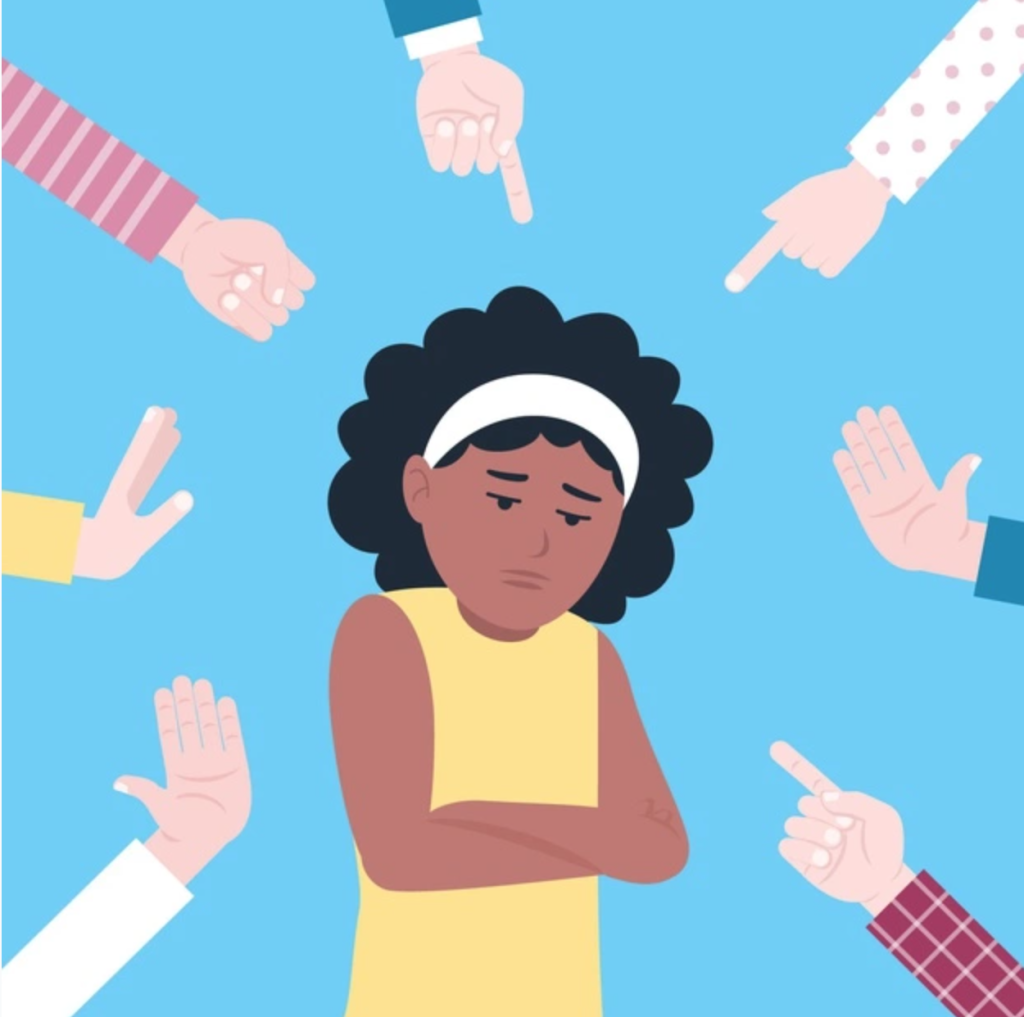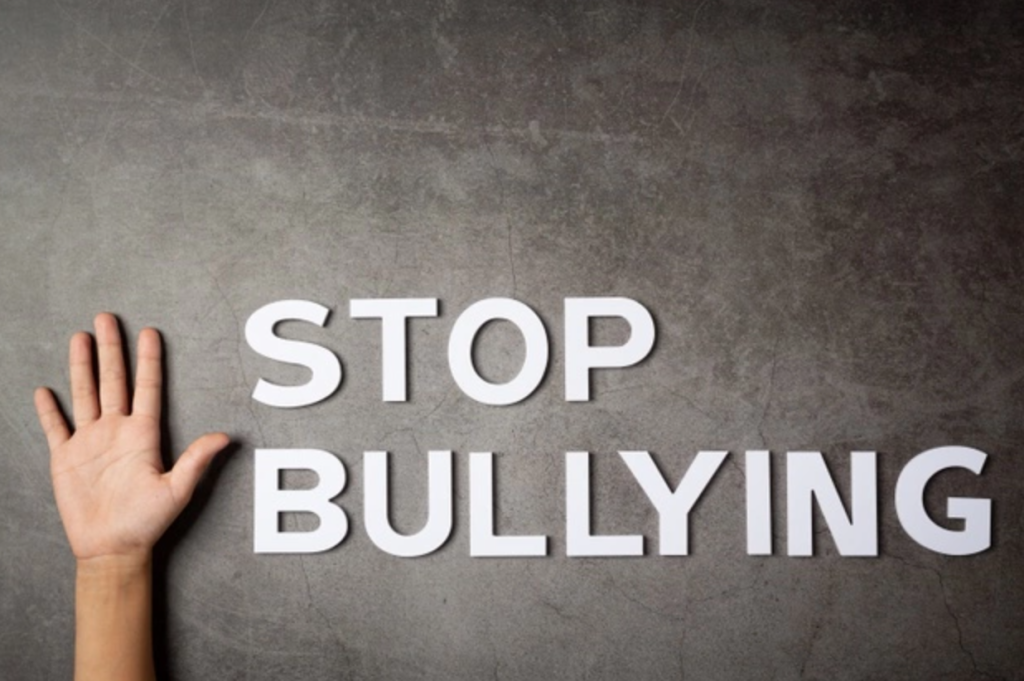October was bullying prevention month. In the past decade around the world, we have experienced more bullying and acts of hate. In response to this, schools are implementing a month-long series to educate students on what bullying is. The goal is to increase tolerance of differences, to open a dialogue, and to encourage bystanders to speak up.
Defining Qualities of a Bully

To discuss bullying, it is necessary to define what bullying is in comparison to peer conflict. There are three defining qualities of bullying:
1. There is an imbalance of power
2. It is pervasive
3. There is an intent to harm or control
A question to ask to help determine the difference is if the behavior were to stop, would both parties benefit? If yes, it is not bullying. It is peer conflict. It is very important to distinguish, as the approach for resolution is different. With conflict, it is appropriate for the involved individuals to address independently. Parents encourage siblings to resolve their disagreements, facing the situation head on. Address the individual who hurt you and work through it. Both individuals benefit from a resolution.
With bullying, the injured party, or target, should never be left alone to deal with the perpetrator. The target needs support, as the situation is always out of balance. The bully has power over the victim.
What Does Bullying Look Like?
Bullying is a distinctive pattern of repeatedly and deliberately harming and humiliating others, specifically those who are smaller, weaker, younger or in any way more vulnerable than the bully. The deliberate targeting of those of lesser power is what distinguishes bullying from garden-variety aggression. Bullying can involve verbal attacks (name-calling and making fun of others) as well as physical ones, threats of harm, other forms of intimidation, and deliberate exclusion from activities. Studies indicate that bullying peaks around ages 11 to 13 and decreases as children grow older. Overt physical aggression such as kicking, hitting, and shoving is most common among younger children; relational aggression—damaging or manipulating the relationships of others, such as spreading rumors, and social exclusion—is more common as children mature.

Bullying is a way to gain social capital, establishing social dominance. Bullies couldn’t exist without victims, and they don’t pick on just anyone. Research shows that those singled out for bullying lack assertiveness even in nonthreatening situations and radiate fear long before they ever encounter a bully. These are children who don’t stand up for themselves. According to Psychology Today, up until about the age of seven, bullies pick on almost anyone. After that, they are more selective, engaging in a shopping process to determine which children would make suitably submissive victims. Bullies target individuals that become visibly upset when they are picked on, individuals who do not have allies, and individuals who show signs of insecurity and apprehension. The article continues, “Studies of children show that victims easily acquiesce to bullies’ demands, handing over bikes, toys, and other playthings. They cry and assume a defensive posture; their highly visible displays of pain and suffering are rewarding to bullies and serve as an important signal of the bully’s dominance. Children who become victims offer no deterrent to aggression, which can make them disliked even by their non-bullying peers.”
Tips to Stop Bullying
- Open dialogue: Help students find their voice, appreciate their own identities and backgrounds and develop acceptance for the diversity of their peers. Recognize and respond: Make rules and expectations clear. Publicize reporting protocols. Train all staff and students on safe methods to prevent bullying.
- Teach Bystanders to be Upstanders: Provide classroom lessons to promote empathy, diversity, and social and emotional learning (SEL). Model and role-play ways to speak up.
- Foster Safety and Inclusion all Year Long: Empower students to find solutions and lead peer-led inclusion events. Have older students mentor younger ones.
- Educate the Community: Partner with parents and community leaders to support youth.
Resources
What Should You Do if Your Child Is a Bully? https:/
Learning Reimagined Podcast E18 Breaking Down Bullying
https://www.pacer.org/bullying/
https://www.pacer.org/bullying/info/stats.asp

This blog post was provided by Allison Dampier, President/Founder at ADVANTAGES Digital Learning Solutions.

